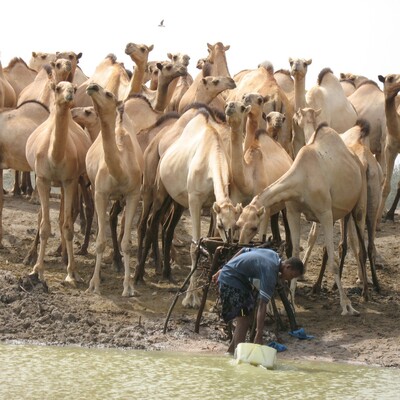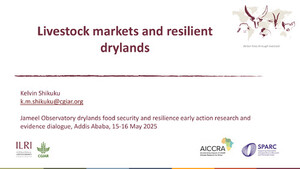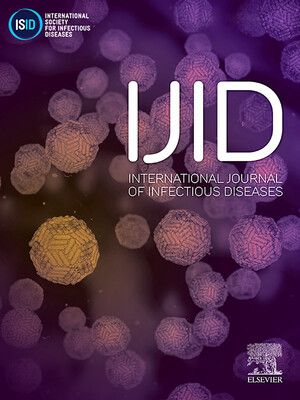
Some policy implications of the resurfacing of rural factor markets following agrarian de-collectivization in Ethiopia
Abstract
Prior to 1975, agriculture in Ethiopia was organized largely under feudalistic/imperial arrangements, The Ethiopian military government (1974-1991) issued the Land Reform Proclamation in 1975 which nationalized and redistributed most of the agricultural land among rural households. Land redistribution was meant to achieve equal land area per household and improve agricultural performance. Sale of land and hiring of agricultural labour were prohibited and there were fears that livestock would be nationalized. Following the ousting of the military regime in 1991, there has been a reduction of the imperfections in rural factor markets. Results from a field survey in the central Ethiopian highlands indicate that selling, hiring, renting, and exchanging of agricultural land, farm labor; and animal traction are increasing. These changes will influence agricultural production in many ways, particularly if reform with respect to rural factor markets is encouraged and accorded appropriate policy support.
Citation
Human Ecology;28(4): 585-603










